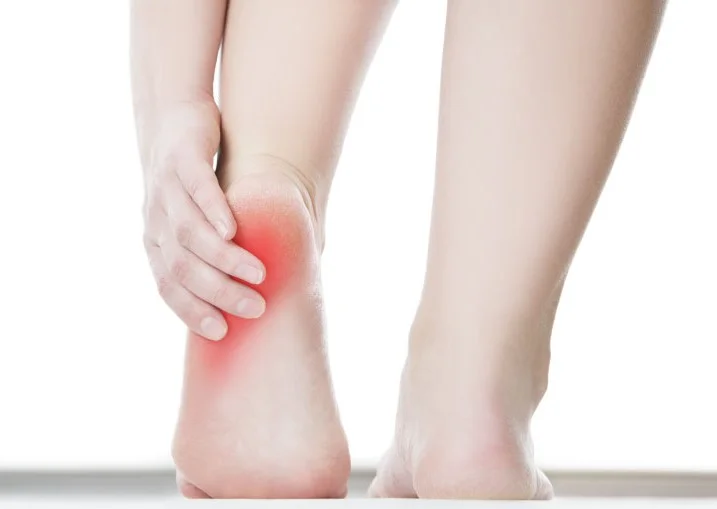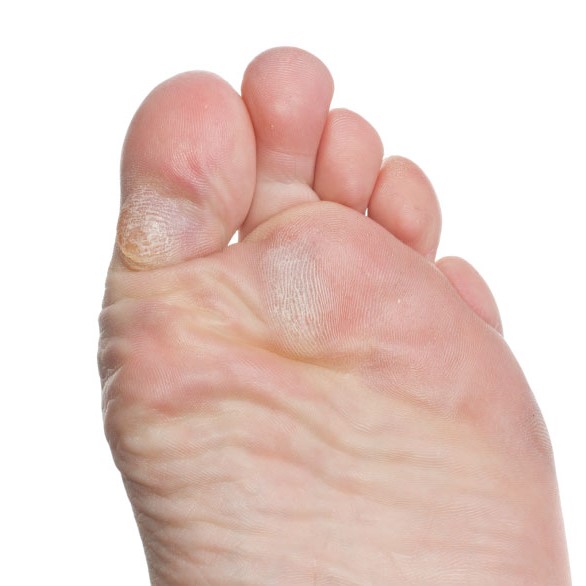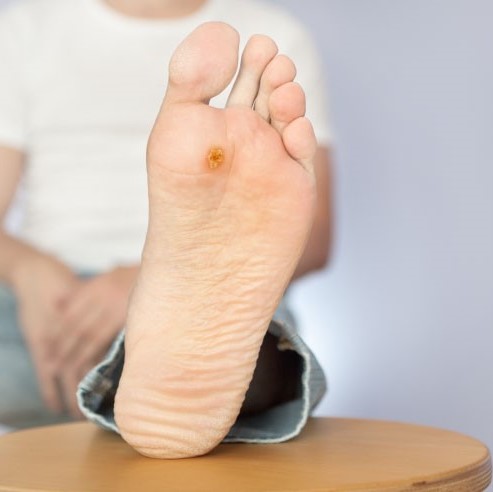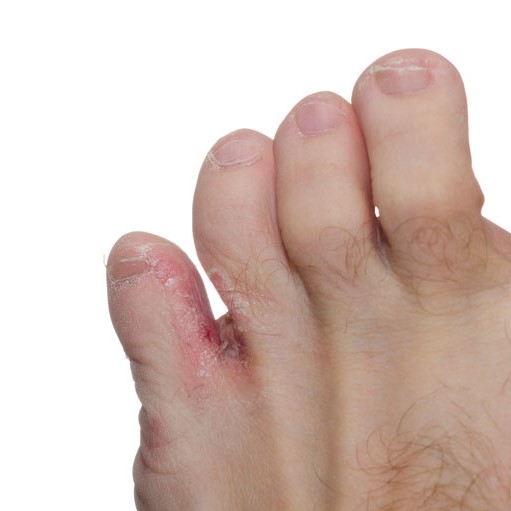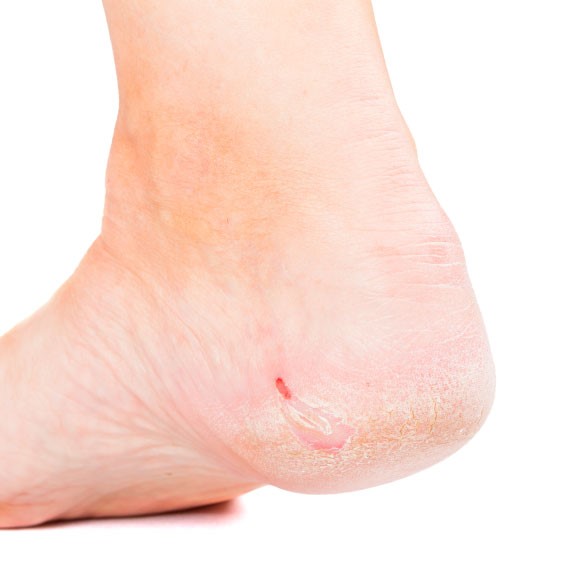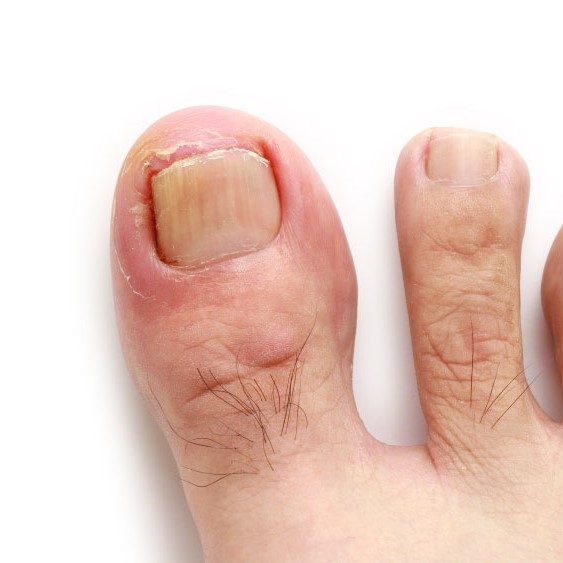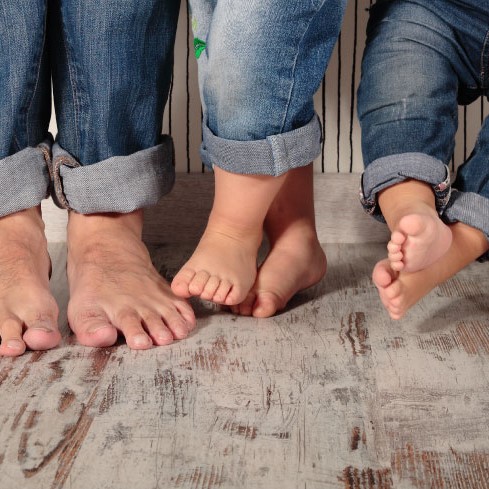Heel Pain
Heel pain is estimated to affect 10% of the population at some point in their life.
Heel pain sucks. You’ve probably already worked that out if you’ve ended up here. If you’re experiencing pain under your heel when you get out of bed in the morning and when spending time on your feet, you may have plantar fasciitis.
Unfortunately, there’s a lot of unfounded information about heel pain available online. It drives us crazy because people often end up trying things that are unlikely to work. In the meantime, their heel pain is settling in and will take longer to resolve.
If you’re looking for an evidence-based approach and willing to put some time and effort into giving heel pain the boot, we can help you.
Heel Pain
What is heel pain?
Pain underneath the heel is common and can be very disabling. Heel pain may also extend into the arch of the foot. People usually come to see us several months after experiencing heel pain, having self-diagnosed either plantar fasciitis or a heel spur. Plantar fasciitis is pain from the plantar fascia, a thick band of connective tissue between the heel region and ball of the foot region. A heel spur is a bony growth at the front/underside of the heel bone.
What causes heel pain?
Whenever you are standing or moving the plantar fascia is working hard, which is why it’s prone to becoming irritated and painful. Heel pain usually results from more stress being applied to the plantar fascia than it can tolerate. Most people report that the pain is most severe when they start walking after spending some time off their feet. For example, the first few steps after getting out of bed are usually very uncomfortable. In most cases, if you keep moving the pain will eventually subside. However, if the injury is in an aggravated phase or has been present for quite some time the pain will most likely get worse throughout the day. The good news is that the pain associated with plantar fasciitis always resolves — although it can take up to a couple of years and have a substantial impact on a person’s quality of life.
Now heel spurs. For many years the presence of a heel spur was considered to be abnormal and the cause of pain underneath the heel. It has been proposed that the extra bone forms due to excessive tensile (i.e. plantar fascia and/or intrinsic foot muscles pulling) or compressive (i.e. heel contacting the ground first every time you take a step) forces. It’s still a murky point in the podiatry world. But what is clear is that not all people who have a heel spur have heel pain. Usually the pain is from a fracture, excessive pressure on a nerve, or inflammatory arthritis.
Treatment for heel pain
There are 3 steps to overcoming heel pain as quickly as possible:
Work out which structure the pain is originating from.
Determine why that structure has become painful.
Implement a treatment plan using evidence-based options specific to steps 1 and 2.
Overwhelmed? No need to worry as we specialise in walking people through this process so that you get better sooner rather than later. Some of the treatment options your experienced podiatrist may incorporate into your treatment plan are:
Strapping and padding
Shockwave therapy
Injections
Activity modification
Application of heat and/or ice
Taking medication (short-term)
Footwear advice
Massage
Stretching exercises
Strengthening exercises
More information about heel pain
If you would like to find out more about heel pain and what you can do to overcome it, check out the blog posts below.


